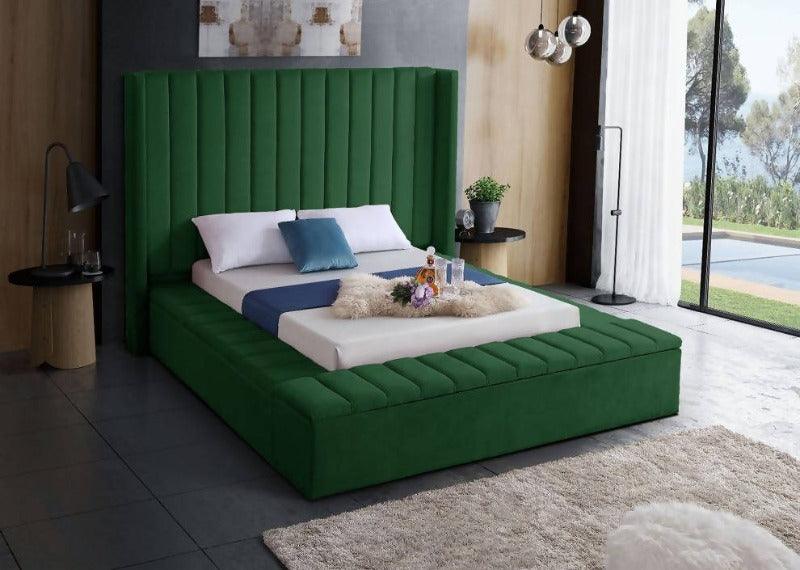As the focal point of any bedroom, the bed serves both functional and aesthetic purposes. One of the key elements contributing to a bed’s appearance and design is the bed panel. This often-overlooked component plays a vital role in the overall aesthetics and functionality of the bed. In this article, we explore the various types, materials, and style choices associated with bed panels to help you make informed decisions for your bedroom.
Understanding the Bed Panel:
The bed panel refers to the section of the bed frame that forms the headboard or footboard, creating a decorative and supportive element. It serves as a visual anchor, influencing the overall style and personality of the bed. Bed panels come in a variety of designs, ranging from simple and streamlined to ornate and intricate.
Types of Bed Panels:
Bed panels can be broadly categorized into headboards and footboards, each serving a distinct purpose:
- Headboards: Positioned at the head of the bed, headboards provide a focal point and serve as a backrest for sitting up in bed. They come in various shapes, such as rectangular, arched, or upholstered, catering to different design preferences.
- Footboards: Located at the foot of the bed, footboards add symmetry and balance to the bed’s design. While they are often lower than headboards, some bed frames feature footboards of equal height, creating a more enclosed and cocoon-like feel.
Materials for Bed Panels:
Bed panels are crafted from an array of materials, each contributing to the bed’s overall look and feel. Common materials include:
- Wood: Wooden bed panels offer a classic and timeless aesthetic. From rich mahogany to light oak, the variety of wood species allows for diverse design possibilities. Carved, stained, or painted wood can add texture and personality to the bed.
- Upholstery: Upholstered bed panels, often padded and covered in fabric or leather, provide a luxurious and soft touch. They offer comfort when leaning against the headboard and add a layer of sophistication to the bedroom.
- Metal: Metal bed panels, made from materials like iron or brass, impart an industrial or vintage vibe. Metal panels can be intricate or minimalist, making them versatile for various design styles.
- Composite Materials: Modern bed panels may incorporate composite materials such as MDF (medium-density fiberboard) or engineered wood. These materials offer durability and can be finished to mimic the appearance of natural wood.
Style Choices and Trends:
Bed panels play a significant role in defining the style of the bed and the entire bedroom. Some popular styles include:
- Modern and Minimalist: Clean lines, simple shapes, and neutral colors characterize modern and minimalist bed panels. These panels often focus on functionality and a clutter-free aesthetic.
- Traditional and Ornate: Elaborate carvings, intricate details, and rich wood tones define traditional bed panels. These panels contribute to a sense of opulence and timelessness.
- Contemporary and Upholstered: Contemporary bed panels often feature upholstered surfaces, providing a comfortable and stylish backdrop. Neutral tones and sleek designs are hallmarks of contemporary bed panel trends.
Customization and Personalization:
Many bed manufacturers offer customization options, allowing customers to tailor bed panels to their preferences. From selecting specific wood finishes to choosing upholstery fabrics, customization enables individuals to create a bed that reflects their unique style.
Maintenance and Care:
Depending on the material of the bed panel, maintenance requirements may vary. Wooden panels may need periodic polishing or waxing, while upholstered panels may benefit from regular cleaning to maintain their appearance and hygiene.
Conclusion:
The bed panel is a versatile and essential element in bedroom design. Whether opting for a classic wooden headboard, a plush upholstered design, or a sleek metal frame, the choice of bed panel significantly influences the overall aesthetics and comfort of the bed. By understanding the various types, materials, and style choices available, you can make informed decisions to create a bedroom that aligns with your personal taste and complements your living space.

